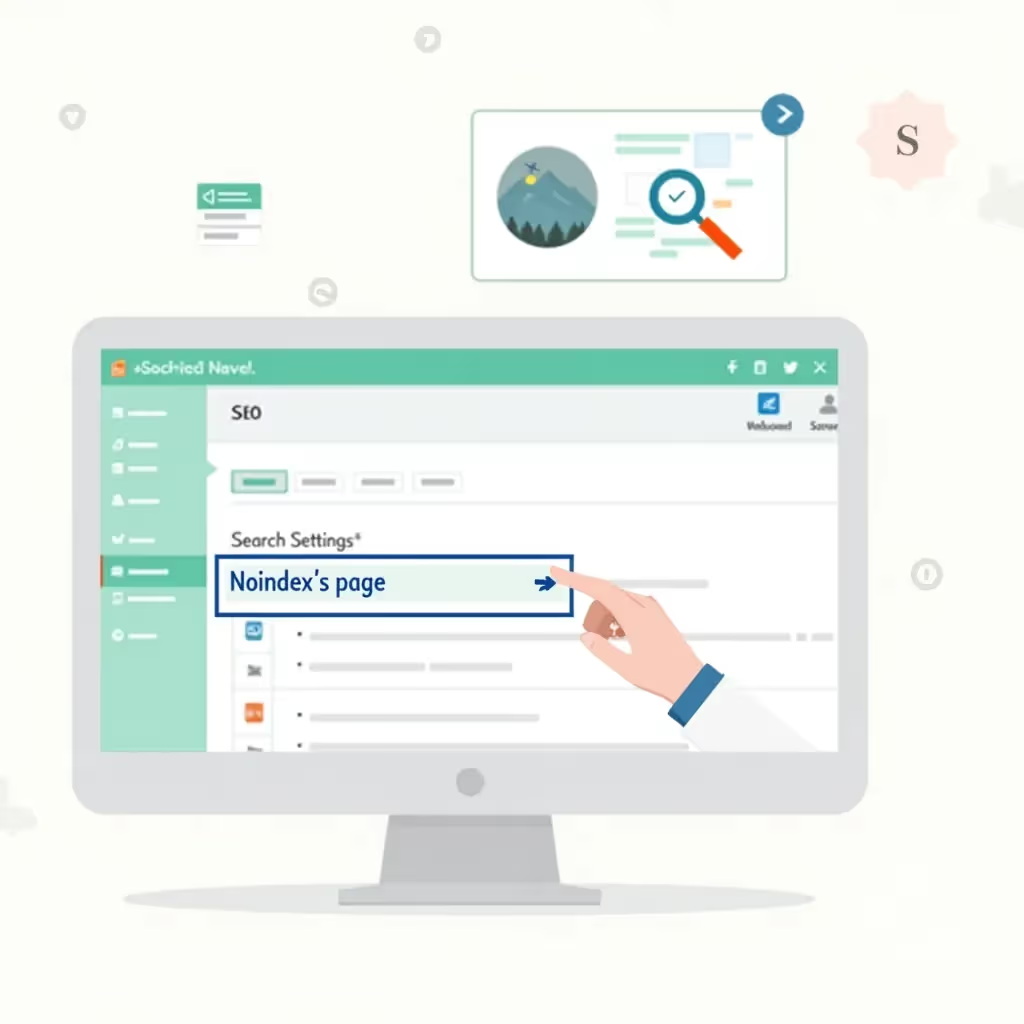Understanding Google Ranking Factors in 2023
Anyone who has run a website or dabbled in search engine optimization (SEO) knows that Google’s ranking factors are critical to improving online visibility. Google's algorithm is a closely-guarded secret, but through testing, guidelines, and observations, SEO professionals have deduced various factors that affect search rankings.
Google uses hundreds of ranking signals, but not all are of equal importance. In 2023, with the increasing complexity of search algorithms, such as those powered by artificial intelligence (AI) like Google’s RankBrain, it’s essential to focus on the most impactful ranking factors. If you want to optimize your site for better rankings, below is a breakdown of the key factors that you should consider.
Primary Google Ranking Factors
1. Content Quality and Relevance
Content remains king. Google’s mission is clear: to deliver the best, most relevant information to its users. High-quality, relevant content helps answer user queries, which in turn, plays a crucial role in your site’s Google ranking. Google assesses content quality based on several sub-factors:
- Keyword optimization: Using keywords in the right places, including in the title tag and throughout the content naturally, is essential for visibility.
- Length of content: While long-form content with sufficient detail typically performs better, it should still be concise, scannable, and centered on providing value to users.
- Freshness: Regularly updating your content is important, especially for topics where new developments continually emerge (e.g., technology, medicine).
- Semantic search optimization: Because of advances in natural language processing, Google can understand the context and intent behind searches. Research related keywords and LSI terms to enhance semantic relevance in your content.
2. User Experience (UX)
User experience is another vital factor that influences Google’s ranking. Sites that offer a better and more seamless user experience rank higher. Let's break down the essential components of UX.
| UX Factor | How It Affects Rankings |
|---|---|
| Core Web Vitals | These metrics—Largest Contentful Paint (LCP), First Input Delay (FID), and Cumulative Layout Shift (CLS)—measure a page's load time, responsiveness, and visual stability. Better performance translates to improved rankings. |
| Mobile-friendliness | Since Google's mobile-first indexing, sites that are responsive and provide a great experience on mobile devices rank higher across all indexes. |
| Bounce rate | A high bounce rate indicates that users are not finding what they need on your site, suggesting a poor user experience, which can negatively affect rankings. |
| Dwell time | The amount of time users spend on your page before returning to the search results. Longer dwell times indicate valuable content and engagement. |
| Site structure and navigation | Intuitive, clear, and well-organized site navigation improves UX and helps Google crawl and index your content more effectively. |
3. Backlinks
Backlinks are still one of the top-ranking factors. Google views backlinks as votes of confidence from other websites—essentially confirming that your content is valuable and reliable. Backlink quality, relevance, and authority are crucial here.
- Quality over quantity: Numerous low-quality or spammy backlinks won’t do much for your rankings. It’s more important to have a few backlinks from high-authority sites (e.g., Forbes or The New York Times) than a lot from unknown or irrelevant sources.
- Anchor text optimization: While varied anchor text is valuable for avoiding over-optimization penalties, your anchor text should still be descriptive enough to give users and algorithms an idea of what the linked page is about.
- Authority of linking domains: The authority and trustworthiness of the websites linking back to you significantly impact your rankings. The higher the domain authority, the more beneficial the backlink.
4. Site Speed
Website speed is a critical ranking factor, especially after Google’s Core Web Vitals updates. Slow websites discourage users from engaging with your content, increase bounce rates, and can negatively impact your rankings. Factors influencing site speed include:
- Page size: Large images and unoptimized resources can drastically slow down site load times. Compress your images and remove unnecessary elements.
- Hosting: Reliable web hosting can improve your site speed, especially under high traffic demands.
- Caching: Aprove on-page caching of assets such as images and scripts to reduce load-time on repeat visits.
- Minification: Minify CSS, JavaScript, and HTML to ensure your files load faster.
5. Secure and Accessible Websites
Ensuring that your site is secure and accessible for both users and Google crawlers is important for ranking. Here’s what you should keep in mind:
- HTTPS: Google officially rewards secure HTTPs websites with higher rankings. If you haven’t migrated to HTTPS, doing so is no longer optional if you want to optimize for search rankings.
- Robots.txt & Sitemap: Make sure your website’s robots.txt file and XML sitemap are properly configured, enabling Google’s crawlers to efficiently index your content.
6. Domain Factors
Your domain itself can also affect rankings. Although domain age and the presence of specific keywords in the domain name are no longer as influential as they used to be, certain domain-related factors should still be considered:
- Domain age: While not a major factor, older domains with a consistent track record might rank better because of their established history.
- Keyword in the URL: It’s less important these days, but having target keywords in your domain, subdomain, or URL path can still give you an edge.
7. Technical SEO
Ensuring that your site is structured correctly from a technical standpoint helps Google’s bots crawl and index it efficiently. Technical SEO encompasses various aspects:
- Structured data (Schema markup): Use schema markup to give search engines more explicit information about your content. This can improve your search appearance with rich snippets and increase click-through rates (CTR).
- Canonicalization: Implement canonical tags to tell search engines which version of a web page you prefer to be indexed.
- XML Sitemap: Submit your site’s XML sitemap to Google Search Console. This serves as a roadmap for search engines to efficiently crawl your site structure.
- Broken links and 404 errors: Regularly audit and fix broken links and 404 errors to ensure your site is functioning properly.
8. RankBrain and AI-based Factors
RankBrain, Google’s AI-based algorithm, plays a pivotal role in modern SEO. RankBrain helps Google understand user queries, especially those it hasn’t encountered before. To optimize for RankBrain, you need to focus on creating content that satisfies user intent and emphasizes the following:
- User engagement metrics: RankBrain analyzes metrics like CTR, bounce rate, and dwell time to evaluate content quality and relevance based on engagement patterns.
- Long-tail keywords: RankBrain can better interpret the more conversational nature of long-tail queries, helping you target users with more specific intent.
The Bottom Line
Google’s ranking factors are constantly evolving, but by focusing on user experience, quality content, and strong backlinks, you can lay the groundwork for an improved search presence. Additionally, pay close attention to emerging ranking factors like AI-powered algorithms and Core Web Vitals, which will likely continue playing a larger role in future updates.
Keep in mind that SEO is an ongoing process. Regularly monitor your site’s performance, update your content, and stay current with Google algorithm updates.





